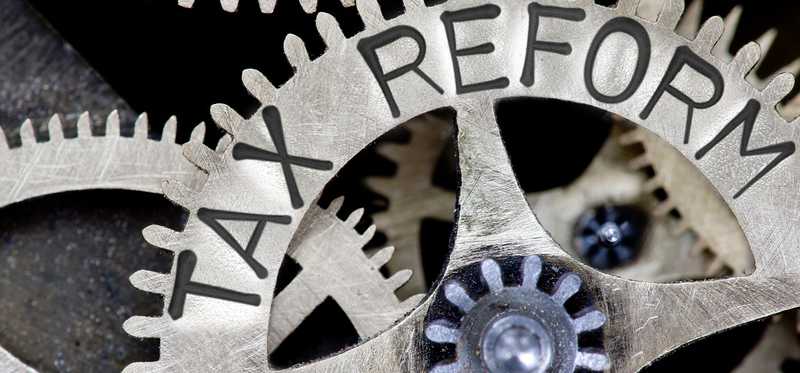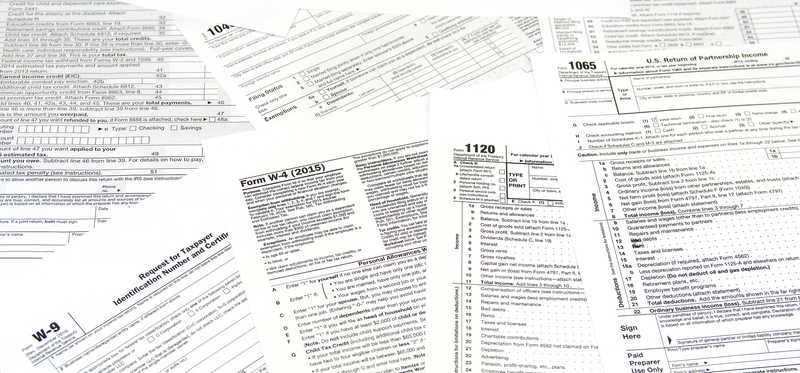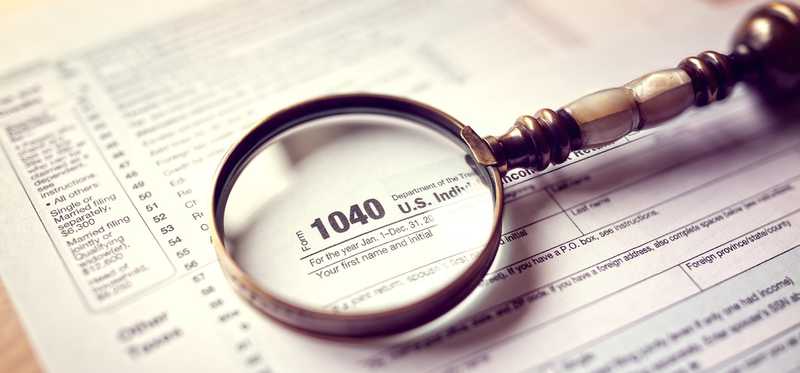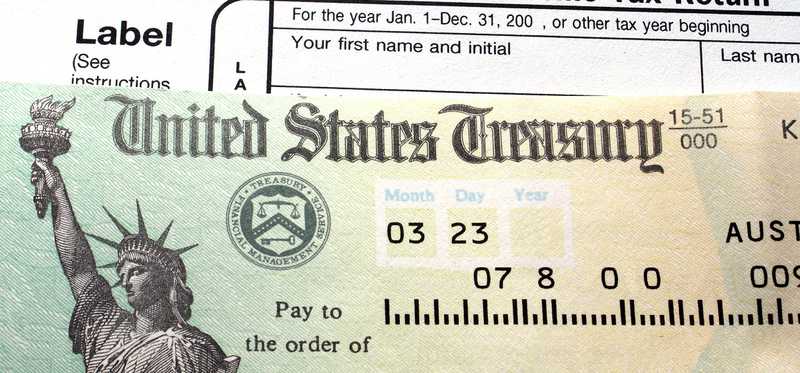19 Tax Hacks for 2018

19 Tax Hacks for 2018
There are still lots of ways to save
Tax reform has been front and center on the minds of most taxpayers, as the current tax season marks the last one in which you'll have to file using the old tax laws. That's making taxpayers more curious than ever to use whatever tax hacks they can this year before they go away. Yet it's also important to get a head-start on the new laws under tax reform, and you can fully expect a number of ways you can save in the coming years as well. Below, you'll find some of the best tax hacks available for the current tax season as well as for the 2018 tax year and beyond.
ALSO READ: 2 Tax Breaks That Were Supercharged by Tax Reform
Previous
Next

1. Be smart about itemizing vs. taking the standard deduction
In 2017, standard deductions are still relatively low, at $6,350 for singles and $10,700 for joint filers. That goes up to $12,000 and $24,000 respectively in 2018. So for many, 2017 might be the last year you itemize, and it's therefore smart to look for as many deductions as you can legitimately claim. The same also holds true for future years if you have enough deductible expenses to itemize, but tax policy analysts expect the number of itemizers to drop dramatically in 2018 and beyond.
Previous
Next

2. Make full use of your last year of personal exemptions
2017 will also be the last year that you're able to take personal exemptions for yourself, your spouse, and your dependents. The reduction of $4,050 per exemption in 2017 can cut your tax bill by hundreds or even thousands of dollars, but for your tax returns in 2018 and beyond, you'll only have the higher standard deduction and some other tax benefits for families to offset the loss of the personal exemption.
Previous
Next

3. Have kids? Get a credit
In 2017, parents of children who are 16 or younger will be able to claim a child tax credit in the amount of $1,000 per child if they have income that's below the threshold amounts for the credit. Going forward, the amount of the credit will rise to $2,000, with as much as $1,400 available to low-income taxpayers as a refundable credit. With income thresholds soaring to $200,000 for singles and $400,000 for joint filers, a greater number of taxpayers than ever will be able to claim the credit.
Previous
Next

4. Take advantage of special low tax rates
Tax reform led to lower ordinary income tax rates for the majority of taxpayers. But those rates are still higher than what you'll pay on long-term capital gains and qualified dividends. Some taxpayers can even get tax-free treatment on these special types of income, so take a look at your investment portfolio and make sure that you're taking maximum advantage of these provisions for your benefit.
Previous
Next

5. Sales tax vs. state income tax
Itemizers can deduct an unlimited amount of state and local taxes in 2017. That includes property tax, and you can also choose between whether you want to deduct your state income tax payments or instead use what you paid in sales taxes. For most people with the choice, deducting income taxes will make more sense, but the sales tax election works well for those who live where there's no income tax at the state or local level.
Previous
Next

6. Points on mortgages
Most people know that you can deduct interest on mortgages of up to $1 million for loans taken out in 2017 or earlier or $750,000 for those in 2018 or later. But you can generally also deduct the points you pay upfront to get a mortgage loan to purchase your home. Points on refinanced mortgages, by contrast, typically have to be spread out across the term of the loan rather than taken in the year you refinance.
Previous
Next

7. Medical expenses
Tax reform gave taxpayers in 2017 a break, lowering the income threshold above which you can take medical expenses as an itemized deduction from 10% to 7.5% of adjusted gross income. That same provision will be in effect in 2018 as well.
Previous
Next

8. One last move
Those who had qualifying moving expenses in 2017 will be able to deduct them, even if they don't have to itemize their deductions. Tax reform ended the right to claim moving expenses as a deduction, however, so if you moved in January or later, you'll be out of luck when tax season rolls around again next year.
Previous
Next

9. Job and job hunting expenses
2017 will also be the last year that you can claim itemized deductions like unreimbursed job expenses and the costs of looking for new employment. These expenses were treated as miscellaneous itemized deductions, which were only deductible to the extent that they exceeded 2% of your adjusted gross income. Relatively few people benefited from these provisions, but those who did will be sad to see them go.
Previous
Next

10. Get tax filing status right
Your filing status for tax purposes depends on your marital status as of Dec. 31, so if you've recently gotten married or divorced, make sure you use the appropriate filing status. In addition, those who are unmarried but who have children should look closely to see if they can qualify for the preferred head of household status, which offers higher standard deductions and other tax breaks than regular single status.
Previous
Next

11. One last year for the AMT for most taxpayers
2017 could be the last time many taxpayers pay the alternative minimum tax. Effective in 2018, the exemption amounts will rise substantially, and a huge boost in phase-out income thresholds will preserve those exemptions for more upper-middle and upper class taxpayers. For many who have opposed the gradual creep of the AMT down from ultra-wealthy taxpayers at its creation decades ago to many ordinary taxpayers, the changes to the rules are long overdue.
ALSO READ: The Sneaky Way Tax Reform (Almost) Killed the AMT
Previous
Next

12. Student loan debt is deductible
If you're paying interest on a student loan, you can still deduct that interest even if you don't itemize other deductions. The student loan interest deduction adjusts your income, and so you can take a full standard deduction and still claim your interest payments if you wish.
Previous
Next

13. Look at small business options for contractors
If you have a contractor gig or are self-employed, then the new tax laws give you new opportunities to save on taxes. Corporations saw their maximum rate cut from 35% to 21% effective in 2018, and non-corporate businesses will be able to deduct up to 20% of their income from pass-through taxation if they meet certain criteria. It's worth the effort to look at the form your business takes and consider whether making appropriate adjustments would cut your tax bill.
Previous
Next

14. Credits aren't just for young kids anymore
Dependents who don't ordinarily qualify for the child tax credit might instead be eligible for a new $500 dependent tax credit. Children who are too old to claim the child tax credit, as well as parents and other relatives who qualify as dependents, can allow you to claim this nonrefundable credit. This provision helps to cushion the blow of losing personal exemptions for these individuals.
Previous
Next

15. Get extra credit for saving for retirement
Some people who contribute to IRAs, 401(k)s, or other eligible retirement accounts can get an added credit from the IRS. The Retirement Savings Contributions Credit gives you a tax break of up to 50% on as much as $2,000 of retirement contributions per year, with the amount of the credit dependent on your income level. With joint filers having income of up to $63,000 eligible to receive at least some credit, it's worth taking a closer look.
ALSO READ: Is Tax Reform to Thank for Your Larger Paycheck? Most Workers Think Not
Previous
Next

16. Get a credit for working
Low- and middle-income taxpayers can also get a key credit for working. The earned income credit pays as much as $6,300 in tax savings for families with three or more children, with slightly lower credits available for those with smaller families. Even those without children can qualify, but income limits vary, so be sure to check and see if you meet the requirements to get this valuable credit.
Previous
Next

17. Let the IRS pay for your education
Educational tax breaks are also a great way to save on taxes. Many different provisions can apply, including the American Opportunity Tax Credit for up to four years of undergraduate work, the Lifetime Learning Credit for graduate degrees and ongoing training, and the tuition and fees deduction for certain educational expenses. You generally can't combine these provisions, but you can choose whichever the best one is for your situation.
Previous
Next

18. Adopt a baby? Get tax savings
Adoption expenses can be expensive, but the tax code provides a potentially huge tax credit for adoptive parents. In 2017, a credit of up to $13,460 is available to cover expenses involved in adoption, including service fees, travel, and other costs.
ALSO READ: Parents: Tax Reform Just Opened Up a New Planning Opportunity
Previous
Next

19. Get a credit for being energy smart
Energy efficiency credits are available for certain expenses you incur to upgrade your home. Qualifying solar electric, solar water heating, geothermal heat pump, or wind energy property expenses are eligible for a credit of up to 30%, with limits based on the capacity of some systems. Tax reform extended these credits through 2021.
Previous
Next

Max out your tax breaks
Use as many of these tax hacks as you can in order to minimize what you owe in taxes. That way, you'll make sure your refund is as big as it can possibly be.
The Motley Fool has a disclosure policy.
Previous
Next
Invest Smarter with The Motley Fool
Join Over Half a Million Premium Members Receiving…
- New Stock Picks Each Month
- Detailed Analysis of Companies
- Model Portfolios
- Live Streaming During Market Hours
- And Much More
READ MORE
HOW THE MOTLEY FOOL CAN HELP YOU
-
Premium Investing Guidance
Market beating stocks from our award-winning service
-
The Daily Upside Newsletter
Investment news and high-quality insights delivered straight to your inbox
-
Get Started Investing
You can do it. Successful investing in just a few steps
-
Win at Retirement
Secrets and strategies for the post-work life you want.
-
Find a Broker
Find the right brokerage account for you.
-
Listen to our Podcasts
Hear our experts take on stocks, the market, and how to invest.
Premium Investing Services
Invest better with The Motley Fool. Get stock recommendations, portfolio guidance, and more from The Motley Fool's premium services.